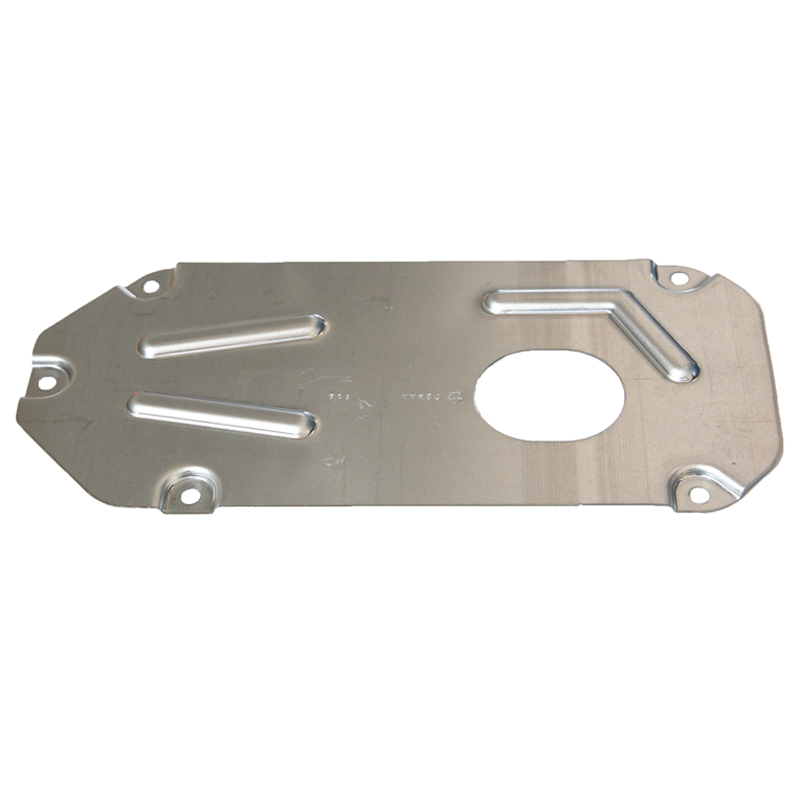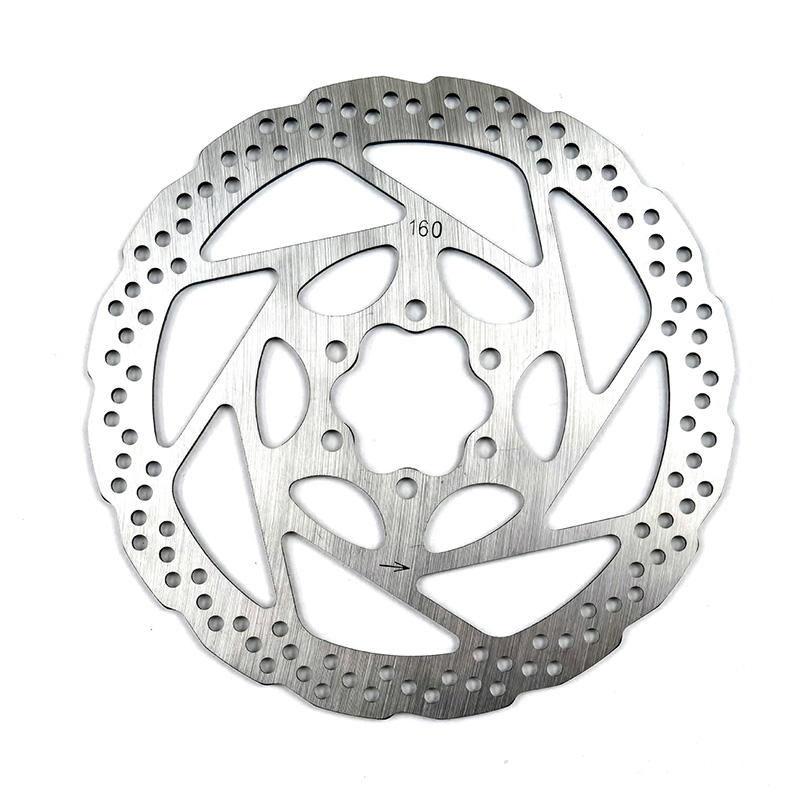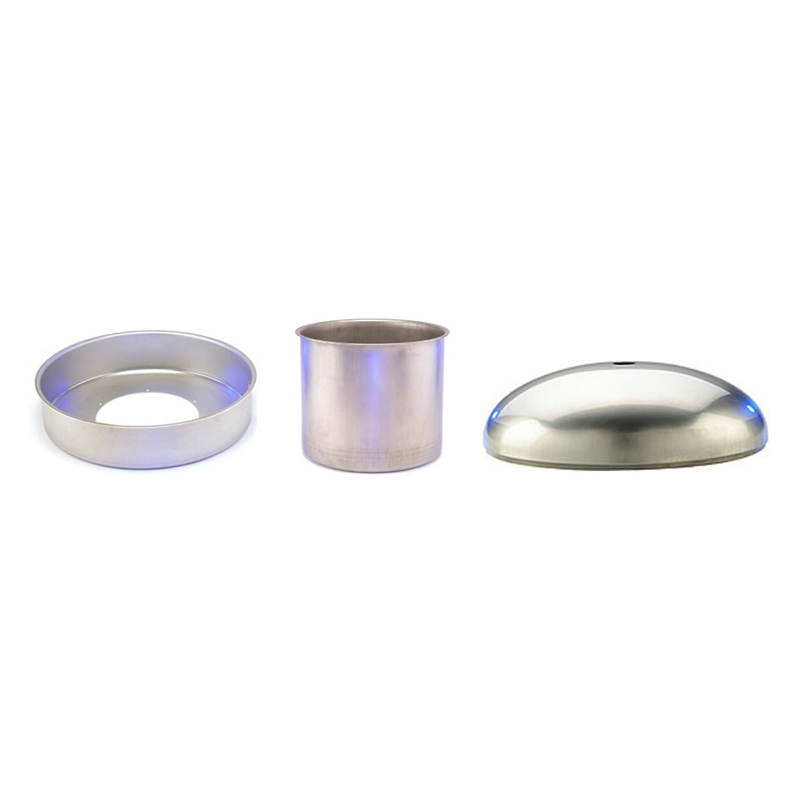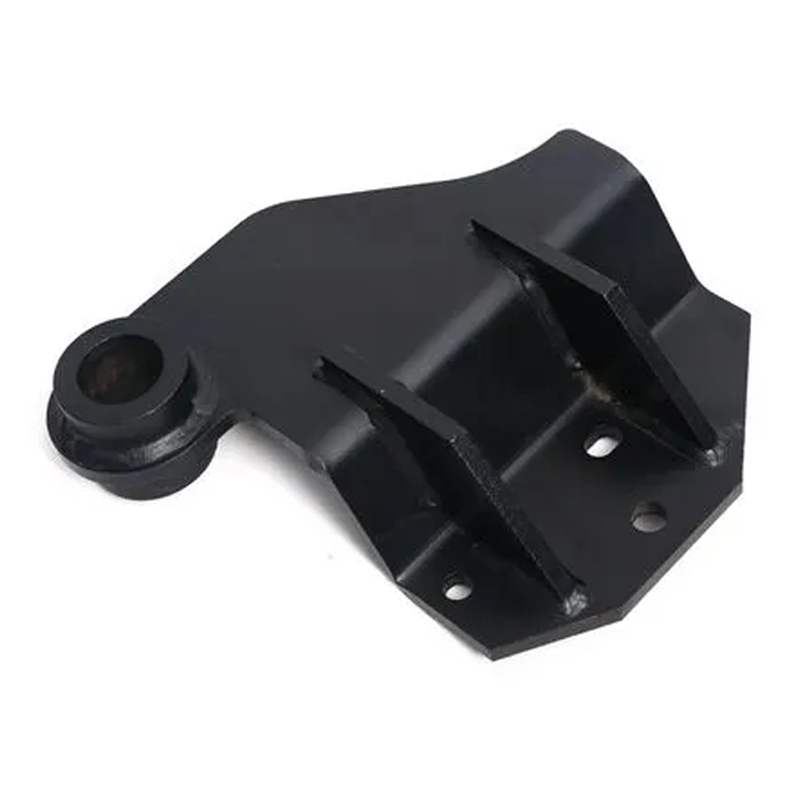Wholesale Cheap Replacement Aftermarket Car Parts
car parts, car parts wholesale, aftermarket car parts, auto car parts, replacement car parts. Quick customized on aftermarket car parts,just send us original samples or drawings.

car parts, car parts wholesale, aftermarket car parts, auto car parts, replacement car parts. Quick customized on aftermarket car parts,just send us original samples or drawings.

Laser cutting is a process that uses a high-power laser beam to cut, engrave, or mark, often used in manufacturing, automotive, aerospace, etc。 We can provide the highest quality custom metal laser cutting service.

deep drawing,drawn sheet metal,drawing stamping,deep draw stamping,deep drawing sheet metal. Oil press to do deep drawing stamping,good tooling design to ensure high accuracy.
Metal Steel Fabrication And Welding
Steel fabrication and welding are integral parts of many industries, including construction, manufacturing, and infrastructure development. Here's an overview of each:
Steel fabrication involves the process of cutting, bending, and assembling steel structures to create various products. This process typically starts with detailed engineering drawings that specify dimensions, materials, and other requirements.
Welding is the process of joining metals together using heat and sometimes pressure. In steel fabrication, welding is essential for creating strong and durable connections between fabricated components.
Welding requires skilled operators who understand metallurgy, welding techniques, and safety practices. It is crucial in ensuring the integrity and strength of fabricated steel structures and components.
Both steel fabrication and welding are vital in industries ranging from construction of buildings and bridges to manufacturing of machinery and equipment.
They require precise planning, skilled craftsmanship, and adherence to safety standards to produce high-quality products that meet engineering specifications.
And our factory can provide the best service of welding and metal fabrication.

Robot welding is a process where automated robots handle the welding tasks in manufacturing. These robots are equipped with welding equipment and programmed to perform precise welds according to predefined specifications.
1. **Programming**: Engineers program the robots with specific instructions on how to weld, including the type of weld, welding speed, and other parameters. This programming can be done through teach pendants or offline programming software.
2. **Setup**: Once programmed, the robots are set up in the manufacturing facility, often on a fixed or mobile platform. The welding equipment, such as welding torches and wire feeders, is attached to the robot arms.
3. **Material Preparation**: The materials to be welded are prepared and positioned correctly. This might involve clamping or fixturing the parts in place to ensure precise alignment.
4. **Welding**: The robots execute the programmed welding tasks. They move along the weld path, applying heat and filler material as needed to create strong, consistent welds. Vision systems or sensors may be used to ensure accuracy and adjust for any variations in the material or environment.
5. **Quality Control**: Throughout the process, quality control measures may be in place to inspect the welds and ensure they meet specifications. This can include visual inspection, non-destructive testing, or automated inspection systems.
6. **Maintenance**: Regular maintenance of the robots and welding equipment is crucial to ensure optimal performance and longevity. This includes tasks such as cleaning, lubrication, and replacing worn parts.
Robot welding offers several advantages over manual welding, including increased productivity, consistency, and safety. By automating the welding process, manufacturers can achieve higher throughput, reduce labor costs, and improve weld quality and repeatability. Additionally, robots can access tight or hazardous spaces that may be difficult for human welders to reach. Overall, robot welding plays a significant role in modern manufacturing, particularly in industries such as automotive, aerospace, and construction.